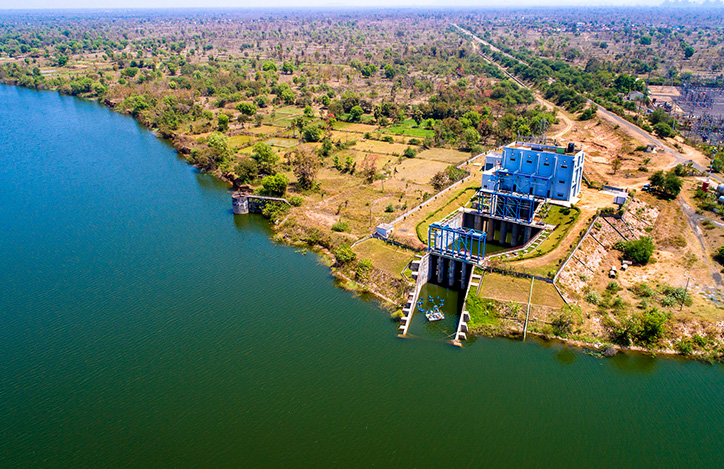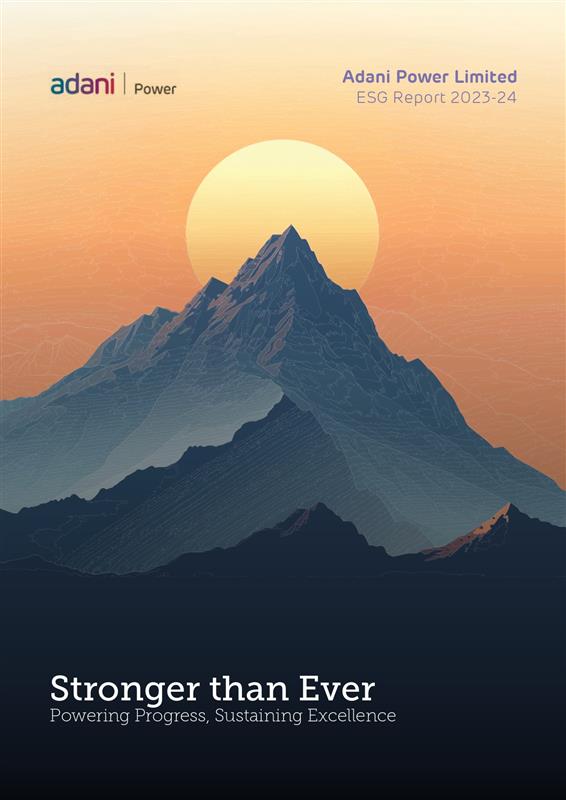Water is mainly used to generate superheated steam to drive turbines. As a strategy, our coastal plants are designed to use seawater and our plants located hinterland are designed to use water from surface water sources. While our coastal locations do not face stress for seawater drawl, water drawl for hinterland plants is identified as a risk, which can occur during summer. Hence, water management is a material aspect of our operations. For ash handling and dust suppression, we do not use water from natural sources as the system is designed to meet these requirements through recycled and reused water.
For our hinterland power plants, a source sustainability study of surface water has been conducted based on primary data and secondary historical data of the past 25-30 years published by the Indian Metrological Department. We are working on watershed management at Tiroda power plant, Maharashtra. De-silting and cleaning of community water ponds has been one of the interventions to improve groundwater recharge. For business continuity without eroding Natural Capital, water storage capacity has been developed to cater to 53 days of operations’ requirement for the Tiroda plant and 23 days for the Kawai plant (Rajasthan) so that pressure on surface water can be reduced during lean season.
During the reporting year, our hinterland plants have achieved specific water consumption close to 2.5 m3/MWh against the statutory limit of 3.5 m3/MWh. There is no statutory limit for seawater consumption. However, we have set an internal target of 10 m3/MWh for seawater-based power plants with seawater FGD and 6 m3/MWh for seawater-based plants with limewater FGD. Our Mundra and Udupi power plants have achieved water consumption close to these internal targets.
We have implemented rainwater harvesting in our hinterland plants to reduce the withdrawal of surface water. At Mundra (Gujarat), rooftop rainwater harvesting is used for recharging groundwater to mitigate the seawater ingress. At Kawai (Rajasthan) and Udupi (Karnataka), we created rainwater harvesting facilities and utilized 638,717 m3 of harvested rainwater at Kawai and 767,051 m3 at Udupi, which was used for plant operation.
Our cooling towers at Mundra and Udupi are seawater-based and the discharged water is primarily a blowdown of the cooling towers. We maintain the temperature differential well within the prescribed limit of 50 oC before the water is discharged from our premises. We have set up effluent and sewage treatment plants, a coal runoff treatment plant and a secondary Reverse Osmosis (RO) plant.
In addition to the core processes, water is required for dust suppression in coal handling and for purging out the bottom ash generated in our boilers. We ensure that our requirement for all these secondary processes are met by recycled or reusable water from our water treatment plants or from the blowdown of the cooling towers.










